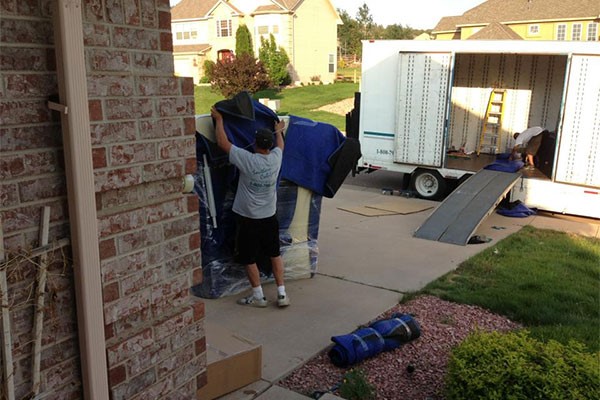
No matter when you are moving house, the inevitable will happen: you are going to have to lift something that’s heavy. It’s one of the downsides of moving and is potentially hazardous.
Lifting heavy things without proper instruction can be risky. It’s very easy to do some serious harm to your back. There are lots of potential maladies that can happen to you when it comes to heavy lifting. So that’s why it’s so important for you to have the right know-how to protect your body from strenuous injury.
When you’re moving house or office, you can’t afford to end up bedridden with a bad back. Lifting a heavy object in the wrong way can even cause injuries that last for the rest of your life. So get ready to learn how to lift heavy objects. Here are the top suggestions to keep you safe.
Don’t Do the Heavy Lifting Alone
If you have the resources, it’s best to hire a removals company. Looking for a Bristol removals company? Then imoveremovals.co.uk is a Bristol based removals company that comes highly recommended in the area.
Image Credit
Think About the Lifting Beforehand
Take a glance at the item you need moving. You will be able to get a feel for how heavy it is by giving it a gentle push with your toe. Make a good judgement call as to whether you will need any help in lifting the object. You should also make a note of any weak points, such as a cardboard box that has weak areas that cause problems later on.
Next, clear a route. You don’t want to be halfway across the room and find there’s something in your way. It’s really important you make sure the route is completely clear to avoid tripping.
Now lift
Place your feet about a shoulder’s width apart, tense your stomach, bend and squat down with your knees. Once you have a firm grip on the object, push from your heels and hold the object tight to your torso, keeping a straight back.
Move carefully as you carry the object to the desired location. Put the object down in the same way as you picked it up – adopting a squatting position and allowing your legs to do the hard part.
